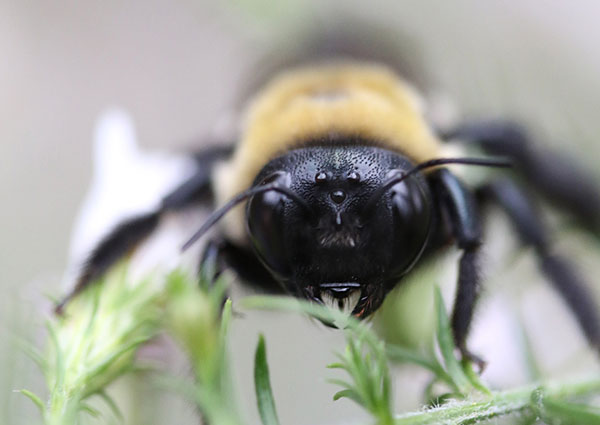Bug hotel lesson plan 11-14s
- 11-14s
- Biodiversity
In this lesson plan students will construct a bug hotel using recycled materials.
This hands-on activity involves designing and building a bug hotel. Encourage reusing and recycling unwanted materials to make your hotel, take it further with a competition to find the best design. There are inspirational ideas included in the lesson plan to get things started.
Download (82 kb)
National curriculum
Science
Sc1 Scientific enquiry
Ideas and evidence in science
Pupils should be taught:
Sc2 Life processes and living things
Life processes Pupils should be taught to:
Variation and classification
Pupils should be taught to:
Living things in their environment
Pupils should be taught to:
Primary framework:
Mathematics
Handling data (Strand7)
QCA units
Science KS2 Unit 4B: Habitats
Science KS2 Unit 6A: Interdependence and adaptation
ICT KS2 Unit 3C: Introduction to databases
ICT KS2 Unit 4C: Branching databases
Interdependence of organisms
Pupils should use and develop their skills, knowledge and understanding by investigating how animals and plants are independent yet rely on each other for survival
Mathematics
Handling data
Pupils should be given opportunities to:
Science
Planet earth – Biodiversity and interdependence (SCN 2-01a, SCN 3-01a)
Mathematics
Handling data – Data and Analysis (MNU 1-20b, MNU 2-20b, MTH 1-21a)
The world around us
Strand 1: Interdependence
How living things rely on each other within the natural world
Children are learning:
Mathematics and Numeracy
Handling data
Collecting, Representing and Interpreting Data
Pupils should be enabled to: